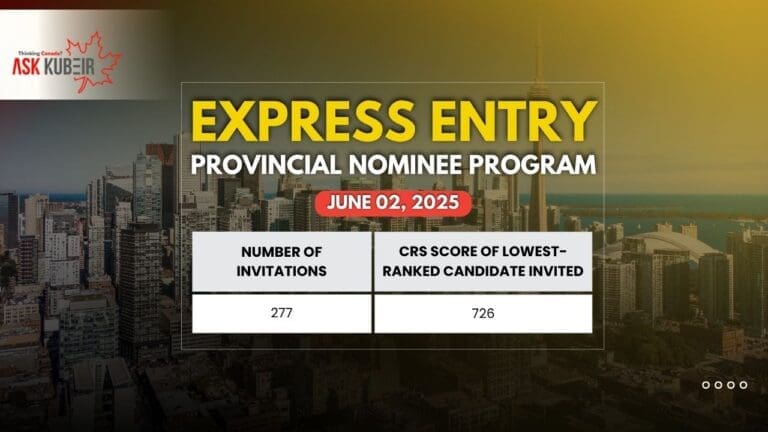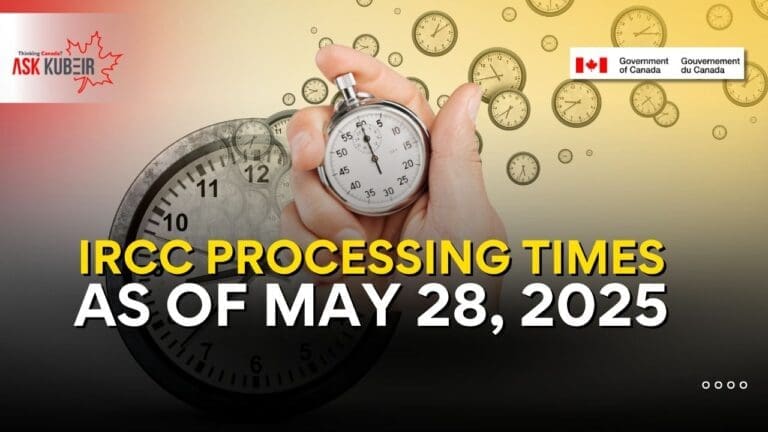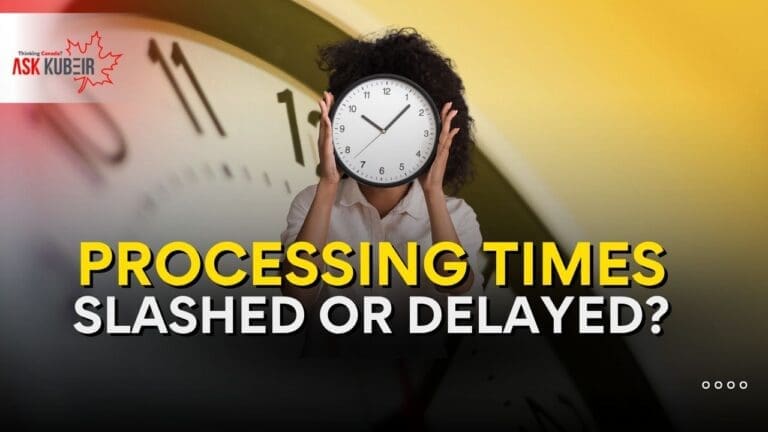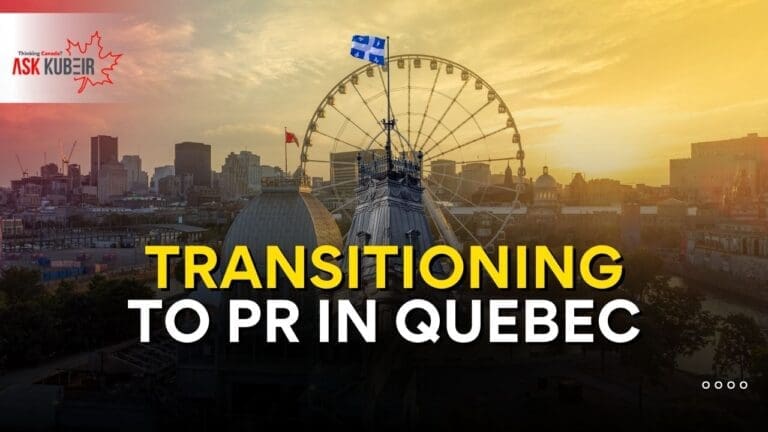
Working in Canada After Graduation: Why You Should Take the CELPIP Test for PGWP
If you’ve just finished studying in Canada, you might be thinking about staying and working here. Good news! The Post-Graduation Work Permit (PGWP) can help you do just that. But did you know that you now need to prove your English skills for this permit? One of the best ways to do that is by taking the CELPIP test—Canada’s own English language test. What is the PGWP? The Post-Graduation Work Permit (PGWP) lets international students who graduate from eligible Canadian institutions stay and work in Canada for up to 3 years. Why is it important? Why Take the CELPIP Test? CELPIP is the only Canadian-made English test accepted by IRCC (Immigration, Refugees and Citizenship Canada) for your PGWP application. Benefits of taking CELPIP: New PGWP Update (2024) There’s a recent update that makes it easier for college graduates to apply. What changed? New Language Requirements (From November 1, 2024) Starting from November 1, 2024, new rules apply. You must show proof of English ability to get a PGWP. What this means: 💡 Check your specific language requirements based on your study level before applying. Free CELPIP Study Help Don’t worry if you’re not sure how to prepare. CELPIP gives you lots of free tools to help you succeed. Free resources include: ❓Do I need CELPIP to get a PGWP? Yes, if you are applying after November 1, 2024, you must show English proficiency. CELPIP is an approved option. ❓What’s a good CELPIP score for PGWP? It depends on your study program. Usually, a score of CLB 7 or higher is safe, but check the latest IRCC guidelines. ❓Is CELPIP harder than IELTS? No. CELPIP uses Canadian English and a simple, computer-based format, which many test takers find easier. ❓Can I take CELPIP outside Canada? Yes! CELPIP has test centres around the world, not just in Canada. ❓How long is the CELPIP score valid? CELPIP scores are valid for 2 years from the date of the test. ❓Can I retake the CELPIP test? Absolutely! You can take the test again if you want a better score. There’s no limit, but you must wait 4 days between test attempts. Would you like a consultation to explore your Canadian work options? Contact Ask Kubeir today! 📌 If you believe your VISA application should be showcased in the most favorable light when submitting to immigration, feel free to book our services. 📌 To book an appointment with Kubeir – Licensed Canadian Immigration Consultant, click the “Book Appointment” 📲 You may also reach us at this number for all immigration-related services: Disclaimer: This is for informational purposes only and not legal advice. Always consult experts like us or the official IRCC website for up-to-date details









